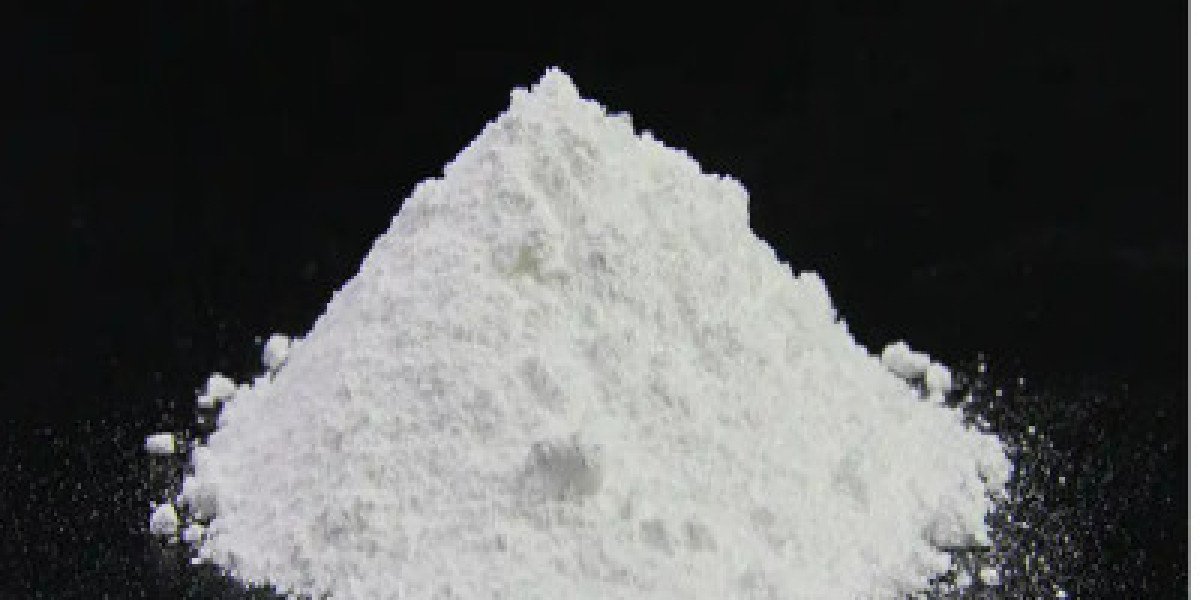To ensure that products purchased from chemical suppliers are safe and compliant, you can follow these steps and suggestions:
1. Verify Supplier Responsibility: Ensure that chemical suppliers correctly label their chemical products with necessary safety warnings, symbols, and instructions that are clear, understandable, and in compliance with national standards and legal requirements.
2. Obtain Safety Data Sheets: Request detailed technical information from suppliers, including but not limited to Safety Data Sheets (SDS), product manuals, and usage guides. This information should include safety operation guidance, emergency measures, and correct methods for handling accidents and spills.
3. Quality Control: Chemical suppliers should have effective quality control procedures in place to ensure that the quality of chemical products meets national and industry standards, and regularly test and monitor the quality of their products, providing relevant documentation to buyers.
4. Compliance Audits: Conduct EHS compliance audits, including supplier audits, storage safety audits, and laboratory compliance audits, to identify potential risks and ensure that suppliers follow procedures consistent with regulatory controls.
5. Compliance Review and Directory Inquiry: Conduct compliance reviews to see if raw material chemical suppliers adhere to market access requirements in various countries, helping end customers avoid the risks of using unregistered raw materials.
6. GHS Compliance Audit: Ensure that the content accuracy and standardization of chemical SDS/safety labels, which are the primary vehicles for conveying chemical safety information, are audited.
7. Manufacturer Compliance Audit: Ensure the compliance of suppliers' manufacturing processes, including the management of chemical production and storage.
8. Follow National Regulations: In accordance with the "People's Republic of China Safety Law for Dangerous Chemicals," establish and improve safety management systems for dangerous chemicals, and obtain safety technical specifications when purchasing dangerous chemicals to understand their hazardous characteristics, protective measures, and methods of use.
9. EU REACH Compliance: Understand the REACH regulation, which is an important guideline for chemical safety management in the EU, ensuring chemical safety compliance through registration, evaluation, authorization, and restriction processes.
10. OEKO-TEX® Certification: Consider OEKO-TEX® certification, especially the ECO PASSPORT eco chemical certification, to ensure that chemicals used in the textile, leather, and apparel industries comply with global regulatory requirements and industry initiatives.
By following these steps, you can ensure to the greatest extent that the products purchased from chemical suppliers are safe and compliant.







